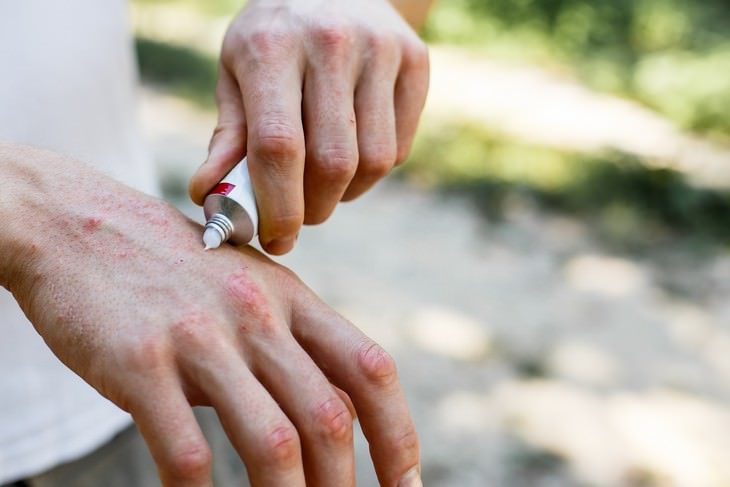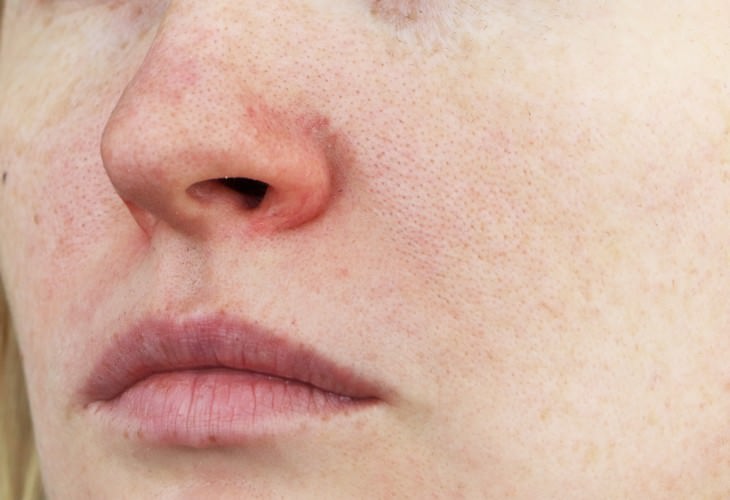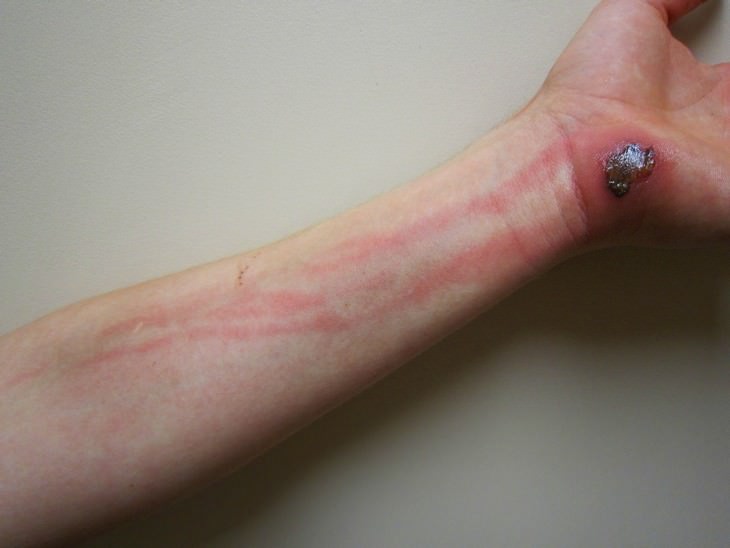9 ‘Contagious’ Conditions That Are Not Truly Contagious
The outbreak of Covid-19 made us all
acutely aware of infectious diseases and how they can spread. The
problem is, symptoms for contagious and non-contagious conditions often
overlap, making it hard to know how alert we should be. While taking
precautions like frequent hand-washing is never a bad idea, it is also
important to be aware that not all diseases are infectious. In fact,
some conditions have a false reputation of being highly contagious when
it is, in fact, not true at all. The following 9 conditions cannot be
transmitted from person to person, though many people believe the
opposite.
1. Pneumonia and Bronchitis


Both of these conditions are the result of
respiratory infections - pneumonia infects the lungs while bronchitis is
an inflammation of the airways. Whether or not these diseases are
contagious depends on what caused them.
Two types of pneumonia that can’t be spread from person to person are
fungal pneumonia, which is contracted from the environment, and
aspiration pneumonia, which occurs when food or liquid is inhaled into
the lungs. Bacterial pneumonia, however, is indeed contagious and is
also the most widespread cause of the disease, according to the American
Lung Association. Yet, healthcare experts claim it isn’t as infectious
as most of us think. The microorganisms that travel from person to
person will not automatically lead to pneumonia but might have a much
milder effect depending on the individual.
The case for bronchitis is very similar. Acute bronchitis, which is
caused by a virus, is contagious, while chronic bronchitis isn’t. The
latter is an ongoing condition often caused by long-term smoking or
exposure to environmental pollutants.
2. Psoriasis


When we see someone suffering from a skin
condition, it is easy to make the mistake of thinking it can be
transmitted by touch. While we can’t cover all skin afflictions in one
article, we can assure you that one of the most common conditions,
psoriasis, is not contagious at all. Psoriasis affects about 2% of the
American population and has nothing to do with germs or bacteria that
can be passed between people. Rather, it’s an autoimmune condition in
which the immune system attacks the skin.
Telltale signs of psoriasis include red, itchy patches of skin with
white scales on top, mainly found on the elbows, knees, and scalp.
3. Ear Infection


Ear infections in itself are not
contagious, and can’t be ‘caught’. In fact, one of the common causes is
water in your ears. The bad news is that oftentimes, ear infections are a
complication of the common cold, as the virus leads to fluid buildup in
the middle ear. “Due to congestion caused by the cold, the inner ear
fills up with fluid and can become secondarily infected by bacteria;
these stay in the ear and are therefore not contagious,” explains
Matthew Mintz, MD, clinical associate professor of medicine at the
George Washington University School of Medicine.
It is important to note that if an ear infection started with a cold and
the patient still has cold symptoms, those can still be contagious.
4. Rosacea


Rosacea is another widespread visible skin
condition, which isn’t contagious nor is it caused by bad hygiene.
Rosacea, which hits approximately 14 million Americans, can be
recognized by redness, visible blood vessels in the face, and sometimes
acne-like breakouts. The causes of rosacea are unknown, but experts
theorize it is a combination of genetics and environmental factors.
Flare-ups can be triggered by a number of things including hot drinks
and spicy foods.
The National Rosacea Society explains that antibiotics used to treat
rosacea may be effective because they help to combat inflammation, not
because they’re killing bacteria.
5. Lyme Disease


When it comes to Lyme Disease the only ones
who are contagious are the infected ticks, according to the CDC. The
bacteria-based disease can only be transmitted when a tick attaches to
your skin and feasts on your blood. It cannot be transmitted between
humans in any way, not through casual contact and not even through
kissing.
Pets aren’t infectious either, though they can carry ticks into your
home.
6. Malaria


Similarly to Lyme disease, mosquitos are
the only ones guilty of spreading malaria. Only certain species of
mosquitoes of the Anopheles genus - and only the females of those
species - can transmit the potentially deadly disease. When they bite
you, malaria parasites are released into your bloodstream. Symptoms
include fever, headaches, muscle pains, feeling hot and shivering,
jaundice, among others.
While malaria cannot be transmitted from person to person, it infects
red blood cells, which means you could get it through a blood
transfusion, by sharing an infected needle, or during pregnancy or
childbirth.
7. Tetanus
Have you ever been scolded as a child
because you were walking barefoot outside? The danger of tetanus likely
had something to do with it. Tetanus, also referred to as lockjaw,
causes intense muscle spasms which leads to a ‘locking' of the jaw and
difficulty in opening the mouth and swallowing. The bacteria responsible
for this disease is mainly found in soil, saliva, dust, and manure.
It enters the body through broken skin; the CDC points out that likely
ways to get tetanus are via puncture wounds (like from stepping on a
nail), wounds that get dirty, and burns. Infected individuals are not
contagious. You can get vaccinated against tetanus, and a booster shot
is required every 10 years.
8. Cellulitis


Cellulitis is caused by bacteria that live
on the outer layer of our skin and are often harmless, most commonly
group A strep. It becomes a problem, however, when the bacteria
penetrate deep into the skin. “If there is damage — either from a cut,
recent surgery, or even athlete’s foot — that damage can allow in
bacteria, which can affect the deeper layers of the skin,” explains Dr.
Mintz. This can result in a serious infection, characterized by
swelling, redness, and fluid-filled blisters. The infected area will
typically be warm and painful to touch.
While cellulitis needs to be taken seriously, as it can deteriorate into
a life-threatening condition, it isn’t contagious. If there is pus or
oozing fluid, however, which is not typical for cellulitis, this
material can spread infection.
9. Legionnaires Disease
Legionnaires' disease is a rare form of
pneumonia caused by the legionella bacteria. It typically begins with
fever, headaches, and muscle aches. By the second or third day, people
also develop a cough, chest pain, nausea, vomiting, and confusion or
other mental changes. Outbreaks of legionnaires disease are likely,
although the disease isn't contagious.
This is because the culprits are contaminated water supplies. According
to the National Institutes of Health, exposure can come from faucets,
showers, whirlpools, and the ventilation systems of large buildings.
Transmission can only occur when a person inhales mist or water droplets
that contain the legionella bacteria.
Not everyone who is exposed to the bacteria will contract the disease.
Those at higher risk groups are people over 50, especially if they have a
weakened immune system due to chronic illness or smoking.